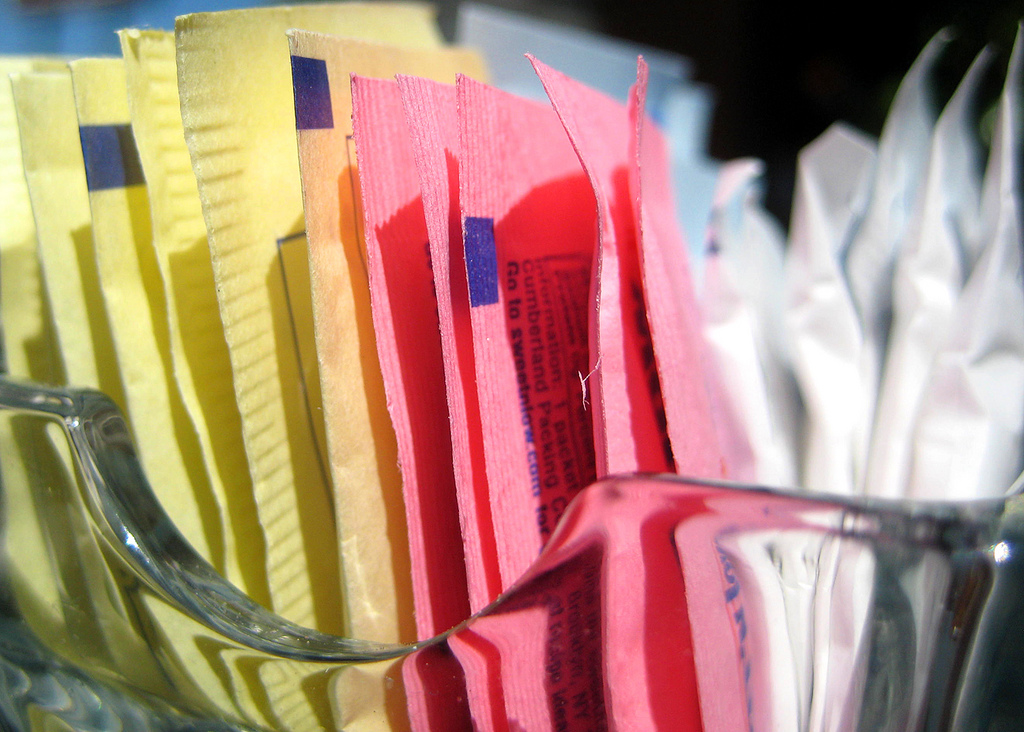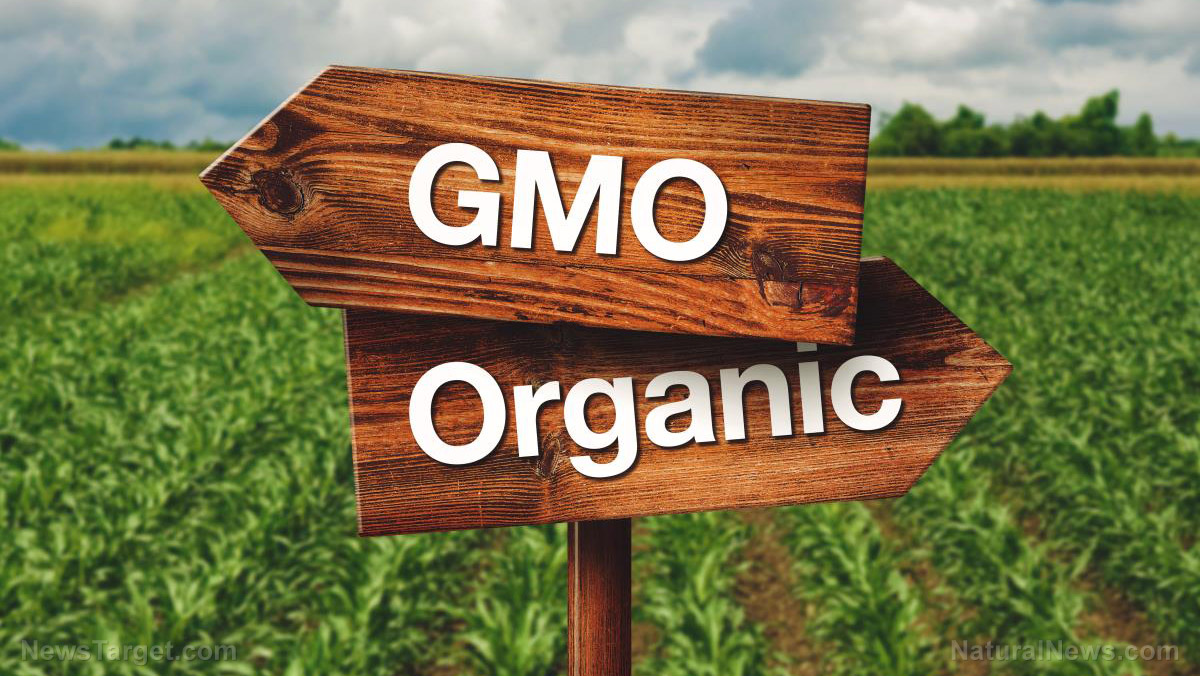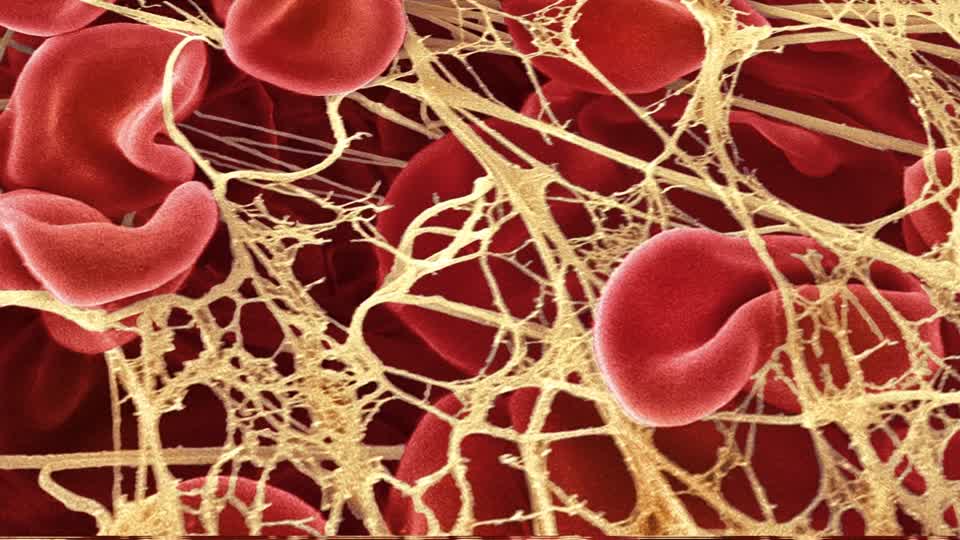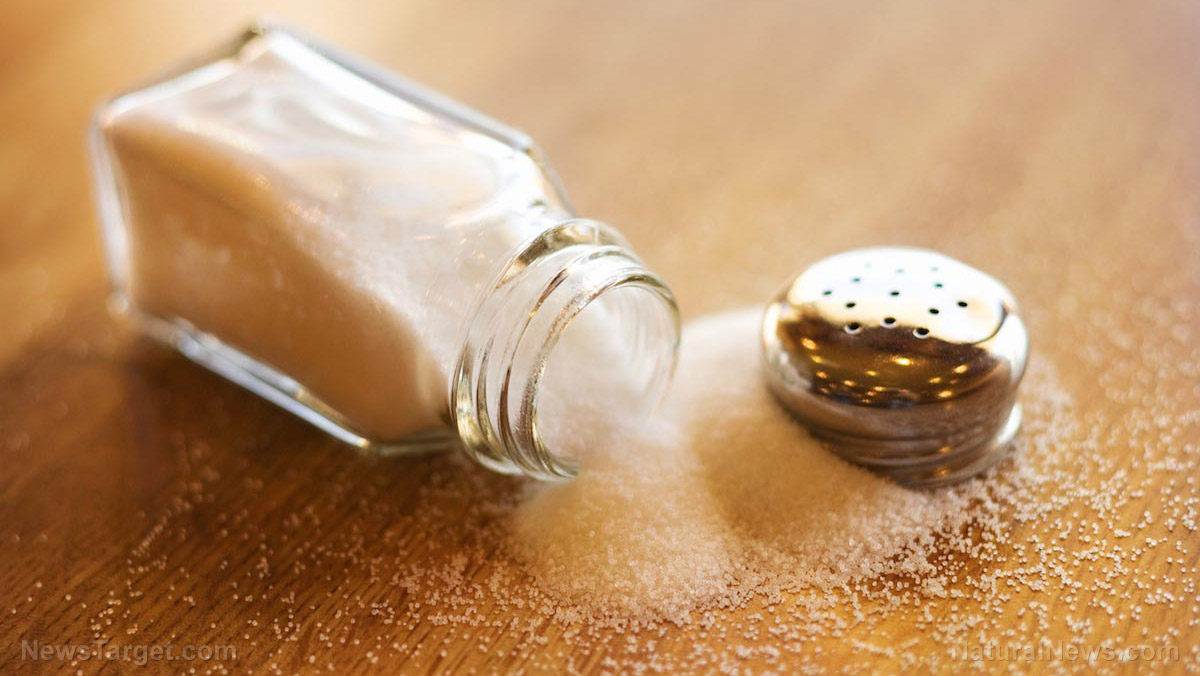Health experts: Stop peeling your vegetables
03/26/2017 / By Rhonda Johansson

Good news for the lazy cook: you can, and should, stop peeling your fruits and vegetables. Nutritionists and dieticians say that doing so actually removes essential vitamins and nutrients needed by the body. Current data show that keeping peels on gives the most health benefits. Peels contain more fiber and vitamins than the actual fruit or vegetable itself, researchers have discovered.
A-Peel-Ing Food
Most people argue that peeling is healthier because we avoid harmful chemicals you typically find in the skins of fruits and vegetables. Many farms use artificial — and normally dangerous — substances in their growing process. These chemicals linger on the skin and are then ingested. Additional research says that these ingredients are not destroyed in traditional cooking processes. The fear of unintentionally taking in chemicals began the practice of taking off the peels.
Nutritionists counter, however, that good washing or rinsing is enough to rid the food of chemicals. Registered dietitian Mary Jane Detroyer says, “many people think they have to scrub their vegetables with soap and water to remove any of the chemicals, but if you just run them over with water, you’ll get rid of the dirt.”
Those who are still worried about chemical contamination are encouraged to buy smart and choose organic food. They can also choose to buy from their local farms where they can regularly monitor the growing process.
Another reason why people peel their fruits and vegetable is that it makes them “taste better”. Peels often change the way the food tastes. This has to do with the texture itself. Some people do not like the thick, hard covering. This is a personal preference that cannot be argued against. That being said, nutritionists recommend trying different cooking styles to see how you can integrate unpeeled veggies into your own diet.
A Taste of What is to Come
There are various reasons to keep the peel on. Fruits like blueberries and grapes have high amounts of antioxidants in their skin. The bluish-hue speaks of their immune-boosting properties. Blue or purple colored fruits are rich in anthocyanidin glycosides which promote cell healing. These compounds are also known to prevent cancer.
Peels are a good source of dietary fiber. The non-soluble polysaccharides make people feel fuller for longer (and they taste good too). This makes them very good choices for those on a diet. Additionally, the fiber found in the peels prevents constipation by sweeping the intestinal tract of harmful bacteria. The cleansing process promotes gut health and reduces the risk for colon cancer. Peels are also low in calories, fats, and sugar.
Guava and citrus fruits’ peels contain high levels of vitamin C. One hundred grams of a fresh orange peel contains almost a third of the daily required intake. Likewise, peels from most fruits are rich in essential vitamins like A and B-complex. Peels also are excellent sources of minerals like manganese, zinc, selenium, and calcium. The amount is often several times more than the pulp. (RELATED: New study reveals vitamin C is the key to preventing COPD)
The rule of thumb? Avoid peeling fruits that are brightly colored. Nature keeps thing simple and has color-coordinated life. Nutritionists recommend a daily serving of several brightly-colored fruits and vegetables (all unpeeled, of course).
Take note that you can eat peels on their own as well. Fruit peels can be candied and dipped in chocolate. There are also recipes that teach you how to pickle them and served as a side dish. In India, the peels of green mangos are sun-dried and made into a powder. These are used as a condiment and is added to curries and chutneys.
Remember that there are some fruits peels that are bitter in taste. Always be cautious with these peels as they can cause some adverse reactions. It is important to do your research before trying an unknown fruit peel.
Sources:
Submit a correction >>
Tagged Under:
Fruit Peels, fruits and vegetables, Vegetable Peels
This article may contain statements that reflect the opinion of the author
RECENT NEWS & ARTICLES
COPYRIGHT © 2017 TOP 10 GROCERY SECRETS





















